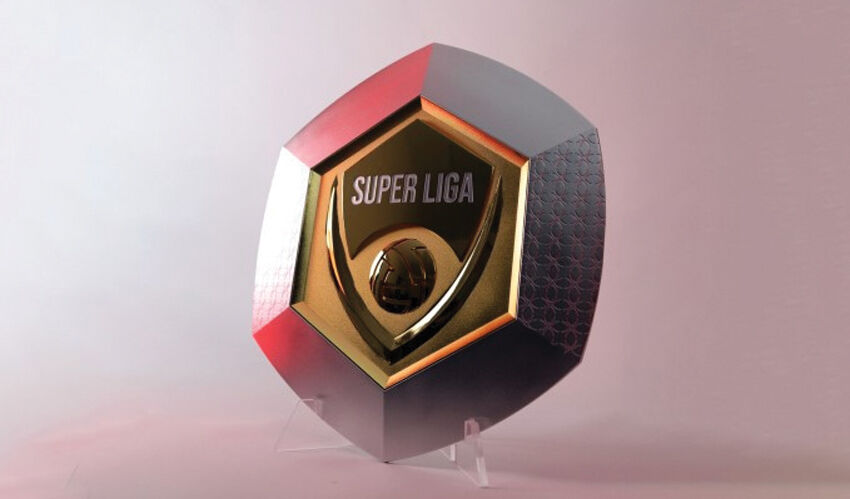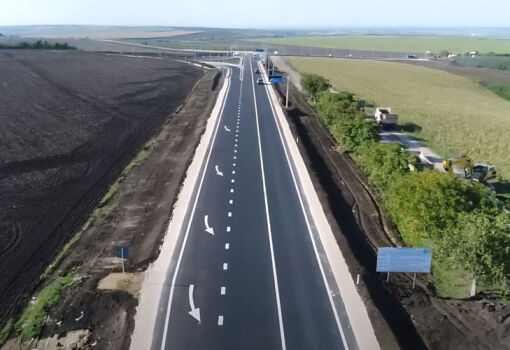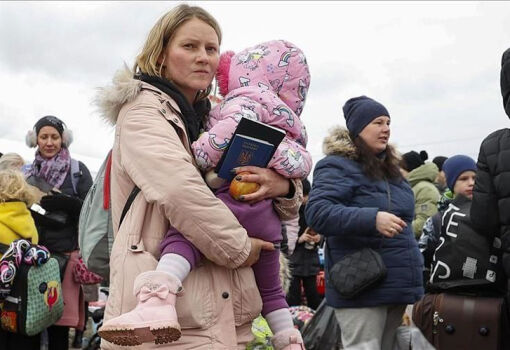
By the end of this season, the FMF Executive Committee’s attention will be focused on Ligue 1 clubs. The Federation intends to make sure that two clubs seeking promotion can meet a number of criteria and obtain a license N, giving the club the right to become one of the participants in the Super League. The club must have a stadium that meets FMF standards. The stadium infrastructure must be provided with modern stands, locker rooms, showers, press center, security system for clubs and fans.
If the club does not own the stadium, it must provide FMF with proof of a lease contract with the owner. The club has an obligation to ensure that the stadium is used throughout the season. The same stadium, according to the federation, cannot be used by more than two soccer clubs.
Among the sporting criteria that clubs with an N license are obliged to follow, a special place is given to youth soccer. To participate in the Super League, clubs must have at least six teams of different age categories, among which there must be one with pupils under 10 years of age. Each of these teams, with the exception of U-10, must participate in national and/or regional competitions held under the auspices of the FMF. For debutants of the Super League there is a relaxation – in the first season the club can have four teams with pupils aged between 10 and 21 years, one team in each age category. From the second season. in the case of retention in the elite, the club must bring its soccer academy in accordance with the requirements applicable to all participants of the championship.
The applicant for license N must have its own women’s team represented in the National League or support an affiliated women’s team. The club must have two or more women’s teams with players aged between 12 and 21 years old.
Participation in the Super League implies a large number of qualified specialists involved in the management of the club and its affiliated structures. It is mandatory to have a general director, a sports director who is the head of the club’s youth soccer development program, a head coach with a UEFA-Pro license, a second coach with a UEFA-A license, a goalkeeper coach with a UEFA-A Goalkeeper license, coaches of children’s and junior teams, doctors of adult and children’s teams, physiotherapist, accountant, match manager, ESG manager, head of press service, responsible for interaction with fans, responsible for safety and order.
These criteria significantly limit the number of teams able to participate in the Super League, even though the FMF allows one employee to combine several positions if he/she has the required qualifications and if there is no conflict of interest. Their fulfillment must be supported by a stable financial position, no debts to employees, the Tax Inspectorate, social and health insurance bodies, other clubs and FMF.
The current selection system envisages the return to the Super League of clubs relegated after the first phase, based on the results of spring matches against the most successful participants in Ligue 1. Last season, Dacia-Buiucani and FC Florești were relegated after the first phase, but Dacia took first place in the transition tournament and secured their participation in the current Super League season. The second ticket was awarded to Saxan, which merged with Radu Rebeji’s academy before the start of the season and became Politehnica-UTM.
Assuming that the number of Super League participants would have been increased last season, the third and fourth place winners FC “Stauceni” and “Victoria” would have faced significant difficulties in the licensing process. Both clubs do not have the stadiums necessary to participate in the Super League. FC Stauceni plays at the local stadium Olimp with a capacity of 2.5 spectators, while Victoria rents the Joma Arena with 500 seats. In addition, Victoria has previously repeatedly deserved the right to be promoted on the sporting principle, but was denied the N license.
Let’s assume that Politehnica-UTM and Spartanii-Sportul, which are likely to leave the top division at the end of the first phase, will return to it after the spring tournament with the participation of Ligue 1 clubs. FC Florești will also have a successful spring phase. Then there will be nine participants, but the odd number of teams in the championship leads to certain inconveniences. The question will come down to the tenth club, but at the moment it is not traceable.
The initiative for the possible expansion of the Super League is associated with an increase in the UEFA solidarity fund, which by 2027 will increase from 4% to 7% of the projected income threshold of the organization in € 4.4 billion. Thus, instead of the previous € 176 million to the clubs that did not qualify for the group stages of European competitions, will be allocated € 308 million. According to the Executive Committee of the FMF, this increase will allow the distribution of funds not between eight clubs, as now, but between ten. This year, each Super League club (with the exception of Petrocub, who last season made it to the overall stage of the Conference League) was allocated more than €650,000. Of this, the beneficiaries must allocate €594,000 to invest in projects to develop soccer schools/academies.
The format of a top division with eight participants was piloted in 2018-2019 (the National Division at the time) and has not changed since the 2021/22 season. For a substantial part of the seasons 12 clubs played in the championship, for a while 10, and in 2011/12 the elite had 14 participants.
Among the European championships, the Moldovan Super League has the smallest number of participants. The San Marino Super League, in which clubs have amateur status, has 16 participants. The elite divisions of Andorra, Albania, Bosnia and Herzegovina, Malta, Montenegro, Faroe Islands and the Baltic States have 10 clubs.
International experience shows that a high level of competition is possible not by increasing the number of rounds, but by allowing more clubs to participate in the elite division. Given the extremely vulnerable situation of club soccer in the country as a whole, it is reasonable to ask: “Will solidarity payments from UEFA become the lifeline that can raise the level of the Super League, or can they not replace the lack of business interest in soccer?”.







